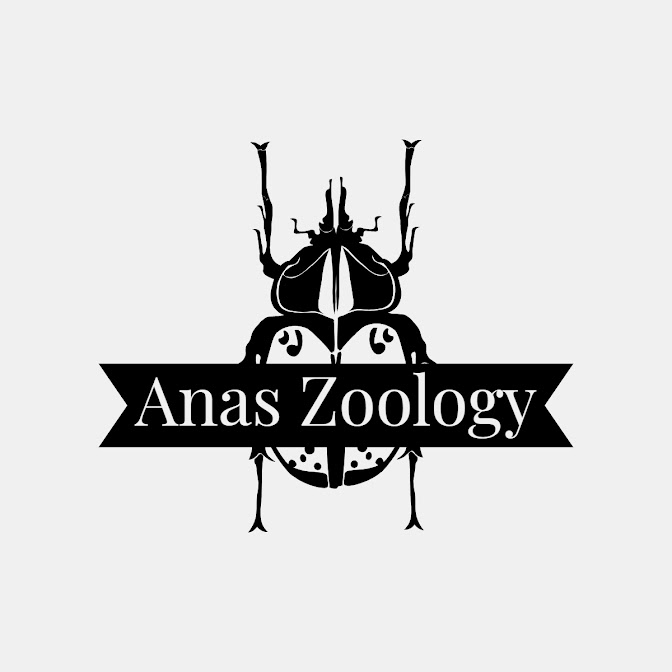KINGDOM PROTISTA
KINGDOM PROTISTA
PHYLUM - PROTOZOA
The name Protozoa (Protos = first, zoon = animal) comes from Goldfuss(1818) who, however used the names simply for the lower groups of zoophyta including protozoans, sponges, coelentrates, rotifers, and bryozoans. It was von Siebold (1845) who, recognised the unicellular nature of Protozoa, first used and defined the name Protozoa in the present sense.
The study of Protozoa is known as Protozoology.
Characteristics of Protozoa:
- These are microscopic and colourless organisms.
- They are terrestrial or aquatic, free living or parasitic.
- Body exhibit radial or bilateral, spherical or irregular symmetry.
- Body is naked consisting of uninucleated or multinucleated protoplasm.
- Body is bound by a delicate membrane or a firm pellicle, theca or lorica or siliceous shell.
- Locomotion occurs by pseudopodia or cilia or flagella.
- They are holozoic or saprozoic (feeding on dead organic matter) or holophytic in nutrition.
- Digestion is intracellular and reserve food is in the form of glycogen.
- Respiration and excretion is through general body surface.
- Osmoregulation takes place through contractile vacuoles.
- Asexual reproduction is by binary fission, multiple fission or budding or cyst formation.
- Sexual reproduction is by syngamy or conjugation.
Phylum Protozoa is classified into four sub-phylums
- Srcomastigophora
- Sporozoa
- Cnidospora
- Ciliophora
SUBPHYLUM SARCOMASTIGOPHORA:
- Organelles of locomotion are pseudopodia or flagella.
- Nucleus is of single type i.e. monomorphic.
- There is no spore formation.
- Syngamy occurs in reproduction.
examples: Volvox, Euglena, Giardia
Volvox under microscope Euglena under microscope
SUBPHYLUM SPOROZOA:
- The adult has no external organ of locomotion.
- They are all parasitic and incapable of active life outside their host.
- Cilia or flagella may be present in gametes.
- Syngamy takes place after which many spores are formed.
- the spores are simple and contain one to many sporozoites.
- Sporozoites are the infective phase.
- Nucleus is of the single type.
Examples: Monocystis, Plasmodium, Toxoplasma.
SUBPHYLUM CNIDOSPORA:
- Spores have several cells having one or more polar filaments which are coiled threads and can be shot out, and one or more sporoplasms.
- All are parasitic.
Examples: Myxobolus, Ceratomyxa, Nosema
SUBPHYLUM CILIOPHORA:
- All possess simple ciliary organelles for locomotion, infraciliature is subpeculiar.
- They have two nuclei, a trophic macronucleus and a reproductive micronucleus.
- Binary fission is perkinetal.
- Conjugation takes place with fusion of nuclei, autogamy and cytogamy also occur.
Examples: Coleps, Colpoda, Spirochona.










Thank you for the information 😊
ReplyDeleteWelcome 😄
Delete